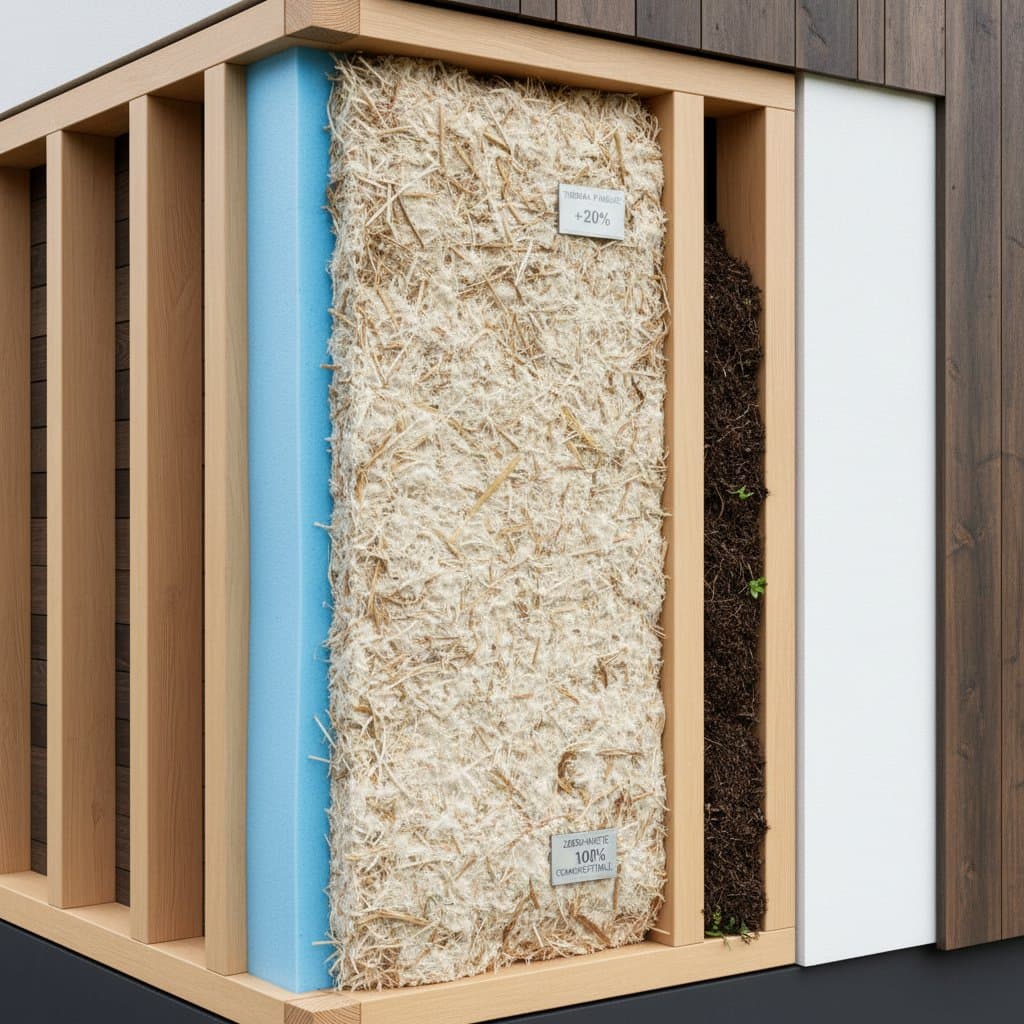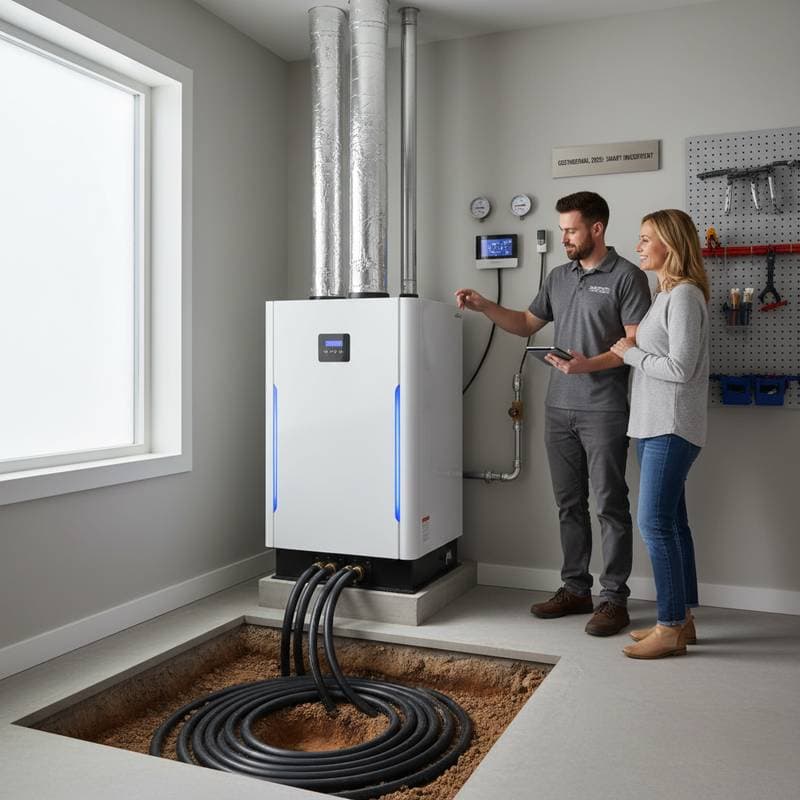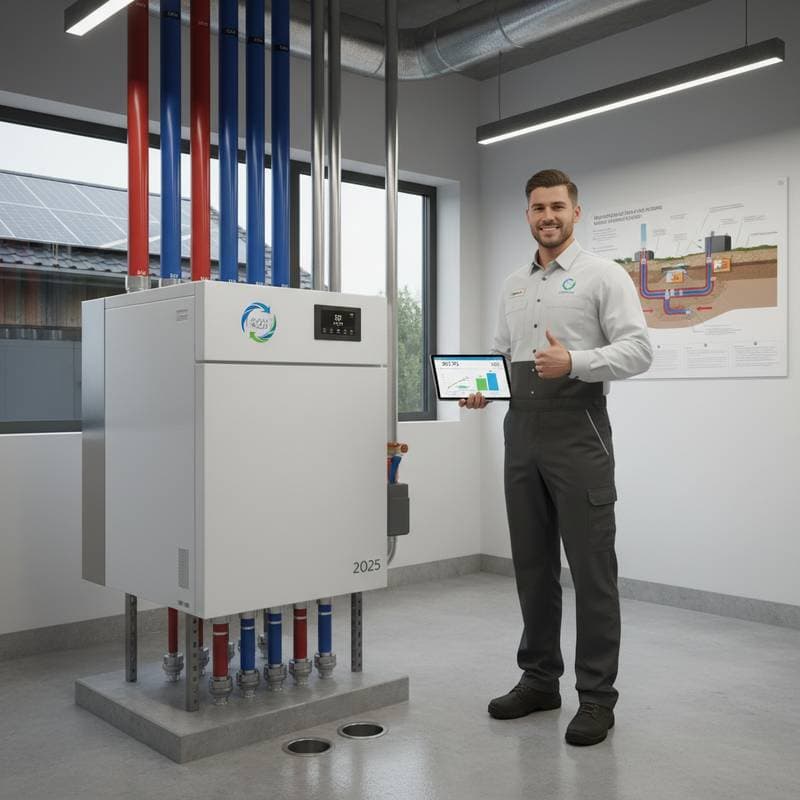Key Points
- Agrivoltaics enables the growth of food directly beneath solar panels through a dual-use strategy that maximizes land efficiency.
- Optimal spacing, elevation, and panel angles support robust plant development alongside reliable energy production.
- Shade-tolerant crops such as lettuces, herbs, and berries excel in these environments.
- This approach reduces irrigation requirements by as much as 20 percent, improves soil quality, and lowers household energy expenses.
- Strategic planning transforms a yard into a dual-purpose asset for sustainable power and fresh produce.
Envisioning a Dual-Purpose Yard
Homeowners often face the challenge of balancing solar installations with garden space, particularly when rooftops prove inadequate due to shading or size limitations. Imagine entering your backyard to find solar panels elevated above vibrant rows of greens, herbs, and berries. The panels capture sunlight efficiently while the plants below benefit from a moderated environment. This scenario represents agrivoltaics, a method that integrates solar energy generation with agriculture for mutual advantage.
In areas prone to intense summer heat and erratic precipitation, traditional gardens risk dehydration and stress. Positioning plants under solar panels provides natural cooling and moisture retention, which in turn enhances panel performance by reducing their operating temperature. Such integration fosters a resilient yard that produces both electricity and food.
Grasping the Potential of Agrivoltaics
Agrivoltaics, also referred to as dual-use solar, merges photovoltaic technology with agricultural practices on the same land. This method avoids the need to allocate space exclusively to one function, allowing simultaneous energy harvesting and crop production. Research indicates that panel-induced shade can decrease soil evaporation by up to 30 percent, and the humidity from vegetation helps cool panels, potentially increasing their output by 5 to 10 percent. The interaction between these elements creates a harmonious system.
Concerns about insufficient light penetration arise frequently, yet informed design addresses this effectively. Raising panels to a height of 6 to 8 feet and selecting appropriate tilt angles permits diffused sunlight to nourish shade-preferring plants. This setup suits leafy greens, root vegetables, and herbs that perform best without full exposure to harsh midday rays.
Steps to Design an Effective Solar Garden
Effective dual-use systems rely on meticulous planning from the outset. The following steps outline a reliable process for implementation.
1. Assess Your Site
- Map Sunlight Patterns: Observe the path of sunlight throughout the day to delineate areas of direct exposure, partial shade, and deep shadow.
- Test Soil Conditions: Analyze pH and drainage to confirm suitability for crops in altered light regimes.
- Position Panels Strategically: Engage a certified installer to advise on elevation and spacing that align with garden needs.
2. Select Suitable Crops
Prioritize varieties adapted to partial shade for optimal results. Recommended options include:
- Leafy Greens: Lettuce, spinach, kale, and arugula thrive with moderate light levels.
- Herbs: Parsley, cilantro, and mint benefit from protection against excessive sun.
- Root Vegetables: Beets, radishes, and carrots preserve consistent soil moisture in shaded zones.
- Berries: Strawberries and raspberries favor the tempered conditions provided by overhead panels.
Steer clear of high-growing species like corn or sunflowers, which may obstruct airflow or panel access.
3. Ensure Practical Access
- Design broad pathways to facilitate routine care and harvesting.
- Implement drip irrigation systems to conserve water resources.
- Opt for raised beds or modular containers to simplify soil handling and enhance aesthetics.
- Schedule crop rotations seasonally to sustain soil fertility and deter pests.
4. Incorporate Energy Optimization
Complement the solar setup with storage batteries and intelligent inverters. These components enable the capture of surplus power for applications such as garden lighting, pumps, or tools. The objective is a self-sustaining loop that optimizes both energy and water utilization.
Strategies to Enhance Eco-Performance
- Adjust Panel Angles: Tilts of 20 to 30 degrees promote adequate airflow and even light distribution to plants.
- Apply Reflective Mulch: Pale mulches under panels reflect light upward, supplementing crop illumination.
- Track Moisture Levels: Shade extends retention times, so calibrate watering to prevent excess.
- Promote Ecological Variety: Plant pollinator-attracting flowers along borders to draw beneficial insects.
These techniques strengthen the interplay between solar and agricultural components.
Essential Factors for Implementation
Costs and Setup
Residential agrivoltaic installations typically cost between $15,000 and $35,000, influenced by panel specifications, support frameworks, and electrical connections. Incentives from federal and local programs substantially reduce initial outlays. The combined savings on energy and produce often lead to recovery of investment in 8 to 12 years for diligent managers.
Upkeep and Durability
Solar panels demand little maintenance, primarily periodic cleaning. Garden care mirrors standard organic practices, with added attention to pruning near structural elements. Prioritize ventilation to avoid fungal issues and ensure vegetation does not encroach on electrical components.
Safety and Regulations
Consult licensed solar specialists and structural experts as required. Secure anchoring prevents instability, and protective measures safeguard wiring from environmental and animal damage. Verify local permitting for ground-based arrays and adhere to zoning rules for dual-use configurations.
Broader Impacts
Agrivoltaics extends value beyond the individual property by mitigating urban heat, bolstering food security, and fostering habitats for pollinators. Community initiatives, such as collective gardens, enhance social connections and advance education in sustainable practices.
Insights from Practice
Dr. Lila Moreno, an environmental engineer focused on renewable systems, states, “Agrivoltaics represents the future of residential sustainability. It reimagines yards as dynamic ecosystems that contribute positively to the surroundings.”
Field experience reveals that modest initial setups often spark wider adoption. Neighboring properties frequently adopt similar models, forming networks of small-scale farms that advance clean energy and community food supplies.
Advancing Your Sustainable Yard
To initiate your agrivoltaic project, reach out to a qualified solar expert. Contemporary installers provide mounting solutions tailored for home gardens. Arrange a site evaluation to gauge solar yield, plant viability, and financial projections.
Consider starting with a limited area to observe crop responses under panels. Gradually scale up based on observations, refining selections and watering routines for peak output. The focus remains on incremental advancement toward integrated energy and food production. Every unit of power generated and crop yielded reinforces a lifestyle attuned to environmental balance.
Frequently Asked Questions
What types of solar panels suit food production below?
Semi-transparent or bifacial panels excel by permitting light passage to plants. Conventional opaque models succeed when elevated sufficiently and spaced appropriately.










